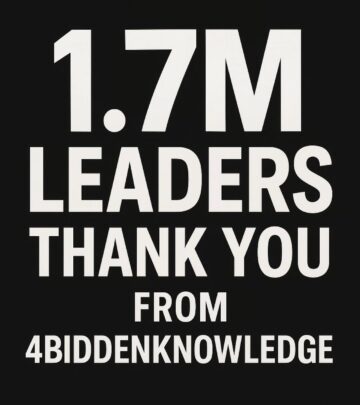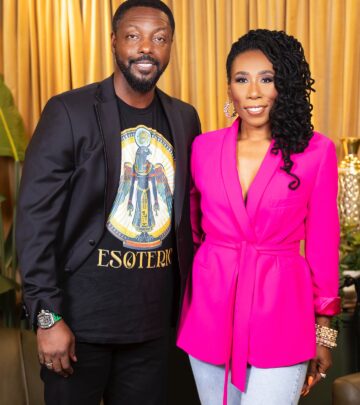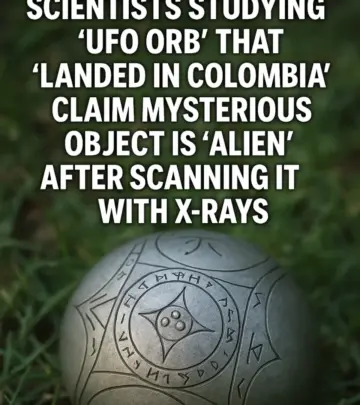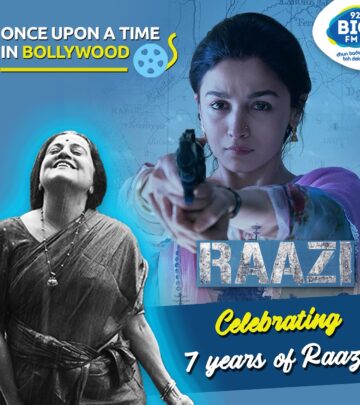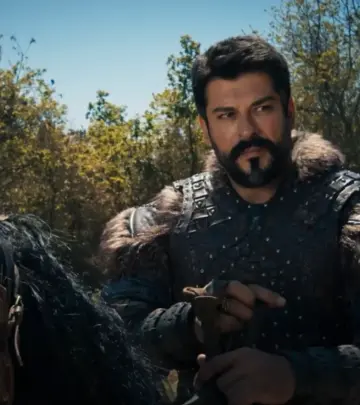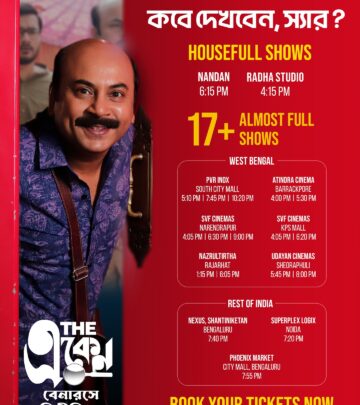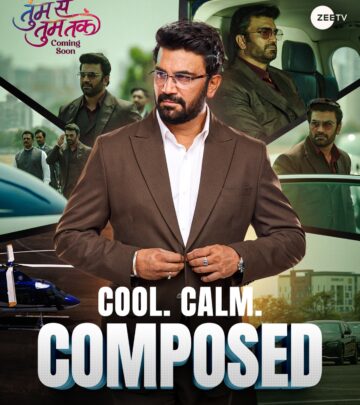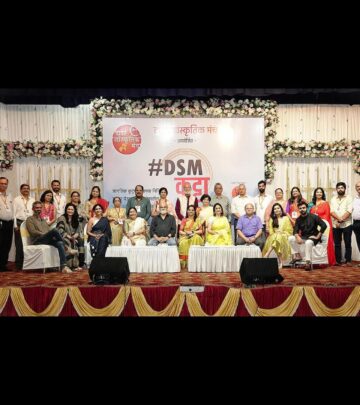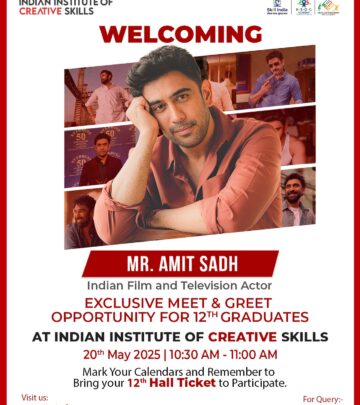Ancient Egyptian Statues And Crystal Energy Insights
Billy Carson reveals how ancient Egyptians viewed statues as lively with crystal energy.!!
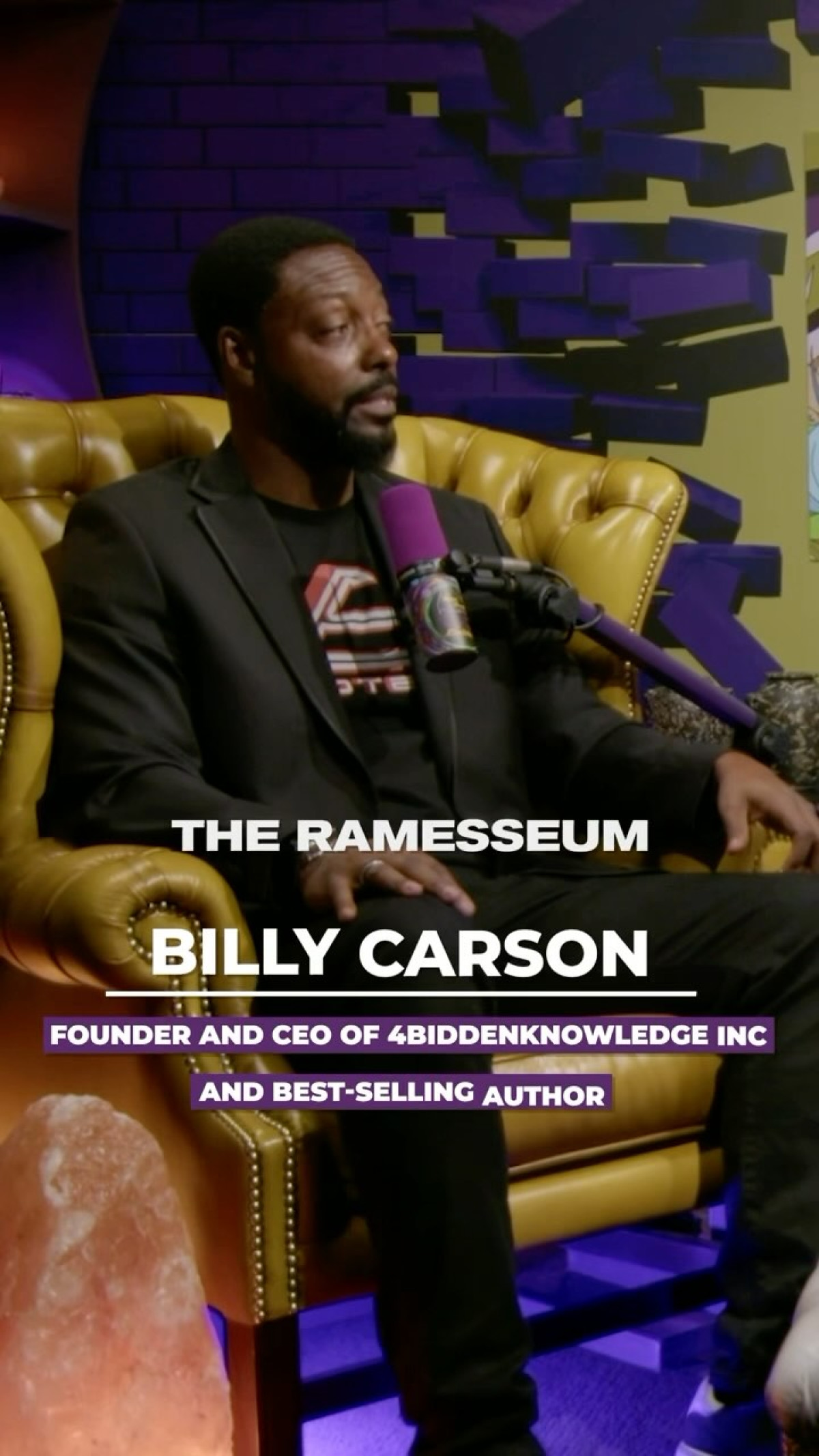
Image: Instagram
Billy Carson, renowned for his deep dives into alternative history and the mysteries of ancient technologies, has recently shed new light on how the ancient Egyptians perceived their statues. According to Carson, these stone structures, embedded with as much as 40% crystal content, were not merely inert monuments but were believed to be living entities. This revolutionary idea, which Carson explores on his channel 4biddenknowledge, posits that the crystals infused in Egyptian statues allowed them to vibrate, store energy, and even communicate—a concept that stretches the boundaries of conventional archaeological thought.
Ancient Egyptian Mysteries Revealed
In a compelling Instagram post, Carson explains, “Billy shares how the ancient Egyptians saw their statues as more than stone—they believed they were alive due to high crystal content.” By attributing life-like vibrational qualities and energy retention to these structures, ancient Egyptians effectively turned their monumental art into spiritual technology. This perspective elevates the statues beyond artistry or mere religious symbols; they became powerful conduits of energy and communication with the divine.
The idea that crystal composition could animate stone is not entirely new. Historic accounts and fringe scholarly interpretations have long speculated on the metaphysical properties of crystals. However, Carson’s detailed commentary and his ability to interlace historical lore with nuanced scientific explanation have reignited buzz around these theories. His approach not only challenges standard academic narratives but also invites us to reconsider the spiritual and technological sophistication of one of history’s greatest civilizations.
Crystal Technology And Spiritual Power
Carson’s insights suggest that the Egyptians engineered their statues with a specific purpose, harnessing the natural properties of crystals. Up to 40% crystal content means that natural minerals acted as conduits for energy, a concept that resonates with modern ideas of crystal healing and energy work. For the ancient Egyptians, this was far more than symbolic artistry—it was a deliberate act of blending the physical with the spiritual.
Drawing parallels between ancient and modern technology, Carson points out that the Egyptians might have been the early pioneers of what could be regarded as a form of spiritual energy storage. Just as today we rely on batteries and digital signals to power our lives, these statues were thought to vibrate and store life-giving energy. Such knowledge, if true, symbolizes a profound technological and metaphysical leap for its time.
The significance of this viewpoint is not lost on Carson’s audience. His approach combines historical research with an exploration of metaphysical theories, aiming to spark a dialogue about how we interpret ancient wisdom in a modern context. Moreover, Carson’s discussions are backed by a careful review of historical texts and artifacts, which lends credibility to his unconventional ideas.
A Broader Perspective On Ancient Wisdom
Carson, who has dedicated a significant part of his career to unraveling mysteries ignored by mainstream research, reminds us that ancient civilizations often employed a blend of art, science, and spirituality that modern society is only beginning to appreciate. His commentary calls for a reassessment of these age-old structures: if a statue’s high crystal content can imbue it with energy, then perhaps we have much more to learn about the interplay between nature and human innovation.
In addition to his latest findings on Egyptian statues, Carson’s social media presence reinforces a broader message about creativity and transformation. On a previous Instagram post, he urged followers to “Stop consuming and start creating,” a maxim that underpins his belief in personal empowerment and intentional living. This message, in parallel with his current exploration of ancient technologies, challenges his audience to look beyond conventional narratives and embrace the possibility of hidden knowledge.
While many historians and archaeologists continue to debate the practicalities of Carson’s ideas, his contribution to the discussion is undeniable. By questioning established interpretations of ancient art and architecture, he opens up a space for innovative inquiry into the spiritual dimensions of historical technologies.
The debate over the scientific basis of these claims persists, with Carson inviting curious minds to engage through his television app and social channels. For those willing to explore the fringes of conventional wisdom, his work offers a blend of historical intrigue and speculative science that is both provocative and deeply engaging.
The Legacy Of Crystal Technology In History
In conclusion, Billy Carson’s exploration of how ancient Egyptians integrated high crystal content into statues not only challenges traditional perceptions but also enriches our understanding of past technological achievements. By blending detailed historical analysis with a vision of spiritual energy, Carson encourages us to consider the possibility that the ancients wielded technologies far more complex than we ever imagined. As debates continue and further research emerges, his work remains a vibrant reminder that the past often holds mysteries that can redefine modern technological and spiritual paradigms.
As always, Carson invites readers and viewers to comment and engage directly, promising more in-depth discussions in upcoming episodes. His mission is clear: to bridge the gap between historical fact and metaphysical possibility, paving the way for a new appreciation of the ancient world.
This fresh perspective leaves us with much to ponder about how we understand history, spirituality, and the hidden power of nature—a conversation that is likely to inspire further exploration and debate for years to come.
Read full bio of Cynthia Jean Daniel





